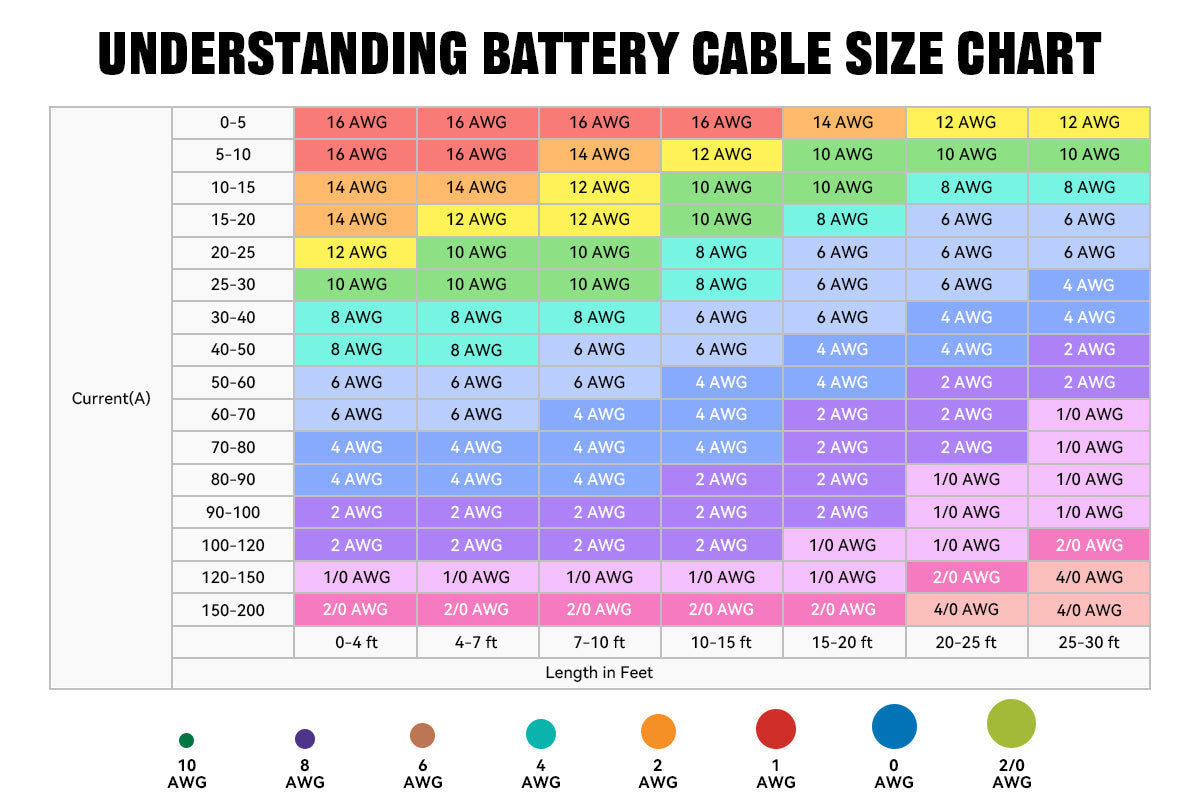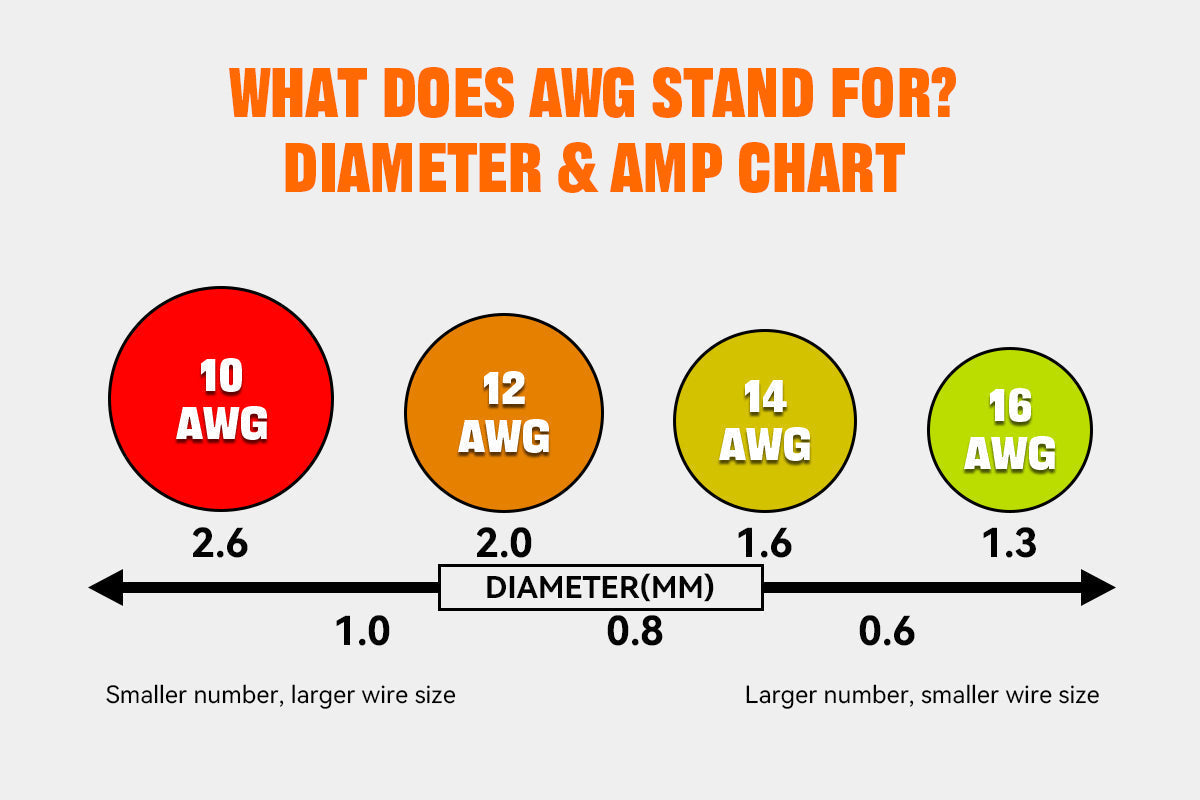While most solar panels include built-in bypass diodes to prevent reverse current flow, fuses serve as critical redundancy protection when diodes fail or unexpected electrical faults occur. More importantly, electrical codes (NEC 690.8, NEC 690.9) require fuses in specific scenarios to ensure system safety and compliance.
This guide explains why, when, and how to fuse solar panels, with clear diagrams and expert recommendations.
Why You Need to Fuse Solar Panel
Fusing solar panels acts as the critical first line of defense for your PV system, instantly interrupting excessive current by melting and isolating faulty circuits. This prevents overheating, fires, and equipment damage caused by electrical anomalies such as lightning strikes or internal faults.
When to Fuse Solar Panel
Fusing solar panels is commonly required in solar arrays where modules are connected in parallel. This is a critical safety measure to protect your wiring and components from overcurrent conditions that can occur during faults.
As a rule of thumb, you need to fuse solar panels in the following situations:
When Using Three or More Strings to One Charge Controller
In many solar power systems, solar panels are first connected in series (to increase voltage) and then combined in parallel (to increase current) into a single charge controller or hybrid inverter.
If a short circuit occurs in one string, current from the other strings will flow into the shorted one, because it offers the path of least resistance. This can result in a combined current far exceeding what the wiring or solar panel can safely handle, causing overheating or even fire. That’s why fusing is necessary.
When Connecting Three or More Solar Panels in Parallel (Even in a Single String)
Even if you're not combining multiple strings but simply connecting three or more solar panels directly in parallel, the risk is the same. If one panel shorts, the other panels can backfeed into it, resulting in dangerous overcurrent. A fuse on each panel prevents this.
NEC Requirements for Solar Fusing
These recommendations are drawn from practical experience applying NEC code standards:
- According to NEC 690.9(A)(2), overcurrent protection is required when the maximum current in a circuit exceeds the short-circuit current rating of the photovoltaic module.
- Furthermore, NEC 690.8(A)(1)(a) specifies that the maximum current should be calculated as the short-circuit current of the module multiplied by 1.25.
For example, if you connect four 100W solar panels in parallel, and each panel has a short-circuit current (Isc) of 5.45 amps, then the maximum current for each panel would be 9.35 × 1.25, which equals approximately 6.81 amps.
When four of these panels are connected in parallel, the total potential short-circuit current in the combined circuit would reach about 21.8 amps (5.45A × 4).

What Size Fuse Do I Need for Solar Panel
NEC 690.8(B) further states that the size of the overcurrent protection device should be calculated by multiplying the maximum circuit current(as defined in NEC 690.8(B)(1)(a) by an additional factor of 1.25.
In other words, the NEC not only requires you to determine the maximum current using 125% of the panel’s short-circuit current, but it also specifies that the fuse size must be 125% of that result. This leads to a total multiplier of 1.56 (1.25 × 1.25) for calculating the proper fuse rating in photovoltaic systems.
For solar panels connected in parallel within a string, the correct fuse size is calculated by multiplying the nameplate Isc of each individual module by 1.56. This ensures the fuse can handle the highest expected current while still protecting the wiring and modules during a fault condition.
For solar arrays with three or more strings connected in parallel, each string must be protected by a fuse rated for at least 1.56 times the total Isc of that string. This prevents excessive backfeed current from the other strings if one string experiences a short circuit.
How to Fuse Solar Panel
Precautions Before Installation
1. Disconnect All Power Sources
Before working on your solar system, disconnect the solar array from all power sources, including the power grid, charge controller, inverter, and batteries. Follow proper lockout/tagout procedures by physically isolating circuits and using warning tags.
2.Use Proper Tools & Equipment
Always use insulated tools such as screwdrivers, pliers, and crimpers rated for high DC voltage to prevent short circuits. Use a multimeter to verify zero voltage before touching any wires. Never substitute household tools, as improper equipment can cause arcing or fires.
3.Personal Protective Equipment
Safety glasses protect against sparks from accidental shorts, while insulated gloves (1,000V+ rating) shield against DC shocks. Wear flame-resistant clothing if working near batteries. Non-conductive footwear prevents ground-path electrocution.
Step1. Calculate the Maximum Current of the Solar Panel/String
To start, identify the short-circuit current (Isc) of each solar panel from the manufacturer's specification label. For each module or string, calculate the maximum current using the NEC 690.8(A)(1)(a) multiplier:
Maximum Current = Isc × 1.25
For a single 100W solar panel we mentioned previously, the Isc is 5.45A, so its maximum current is 6.81A.
When multiple strings are connected in parallel, and each string may be wired either in series or in parallel, the calculation of the maximum current depends on the wiring configuration of each string.
| String Type | Current | Formula |
|---|---|---|
| Series String | Current equals the panel’s Isc | Maximum Current = Isc × 1.25 |
| Parallel String | Current is the sum of all panel's Isc | Maximum Current = (I₁ + I₂ + ... + Iₙ) × 1.25 |
Step2. Determine the Proper Fuse Rating
Once you’ve calculated the maximum current for each panel or string, determine the appropriate fuse rating by multiplying the maximum current by 1.25. In other words, Isc × 1.56.
Fuse Rating = Maximum Current × 1.25 = Isc × 1.56
So, the 100W solar panel requires a fuse of at least 8.51A, which should be rounded up to the nearest standard fuse size, typically a 10A fuse.
Similarly, in multi-string parallel systems, the appropriate fuse size depends on the solar panels’ connection method, and each string should be individually fused for safety.
| String Type | Current Description | Fuse Rating Formula |
|---|---|---|
| Series String | Current equals the panel’s Isc | Fuse Rating = Isc × 1.56 |
| Parallel String | Current is the sum of all panels’ Isc | Fuse Rating = (I₁ + I₂ + ... + Iₙ) × 1.56 |
Step3. Install Fuse Holders and Connect Fuses
The fuse should be installed on the positive conductor of each solar panel or string, as close to the solar source as possible. This placement ensures that if a fault occurs anywhere downstream, the fuse will blow and interrupt the current, preventing damage.

MC4 inline fuses are designed to be plug-and-play with MC4 connectors. To install, first disconnect the MC4 connectors on the positive cable of the solar panel. Then, insert the MC4 inline fuse assembly by plugging it directly between the panel’s positive MC4 connector and the system wiring.
PV fuses usually are installed on each positive wire of the solar strings inside the combiner box, where multiple strings are combined. Connect each string’s positive wire to its fuse terminal and insert the correct PV fuse.
Step4. Install and Connect DC Isolator and Circuit Breaker
After fusing the solar panels, install and properly connect solar isolator switches and circuit breakers. This is required by NEC 690.15 and 690.9(A) for all photovoltaic systems, with proper conductor extension permitted as needed to ensure safe disconnection and overcurrent protection.
Step5. Test and Power the System
Before powering the system, perform a visual inspection, verify wiring continuity and correct polarity with a multimeter, then gradually energize the system, monitoring voltage and operation to ensure everything functions safely and properly without errors or faults.
FAQs of Fusing Solar Panel
Do I Need a Fuse for Each Solar Panel in Parallel?
Yes, when you connect three or more solar panels in parallel, fuse each panel individually is needed. This ensures that if one panel fails or shorts out, the others don’t feed excessive current back into it, which could cause overheating or fire. Each fuse protects its individual panel from reverse current supplied by the others.
Is It Required for Two Solar Panels in Parallel?
When only two solar strings are connected in parallel, a fuse is usually not needed because the maximum reverse current into a faulted string is limited to the current from just one other string. Most solar modules and their wiring are designed to safely handle this level of current. For example, if each string produces 10 amps, and one string develops a short, the other can only backfeed 10 amps, within the safe operating limit of most PV systems.
However, adding fuses in a two-string setup can still be a personal preference for added safety, easier troubleshooting, and peace of mind.
Does a Single Solar Panel Need a Fuse
Usually, a single solar panel does not require a fuse, as long as it is not part of a parallel connection with other panels and the wiring. A single solar panel on its own cannot produce more current than its own short-circuit rating, so there’s no risk of overcurrent coming from the panel itself.



